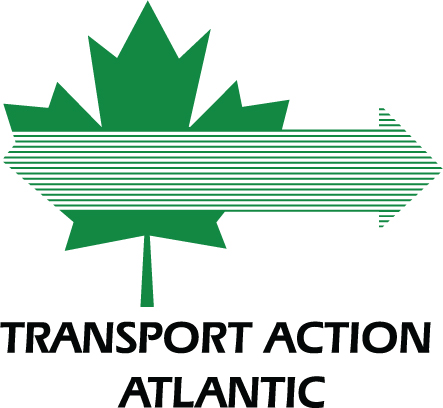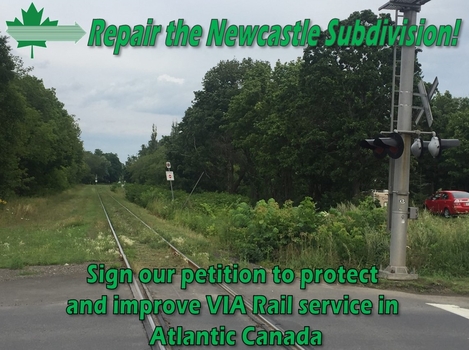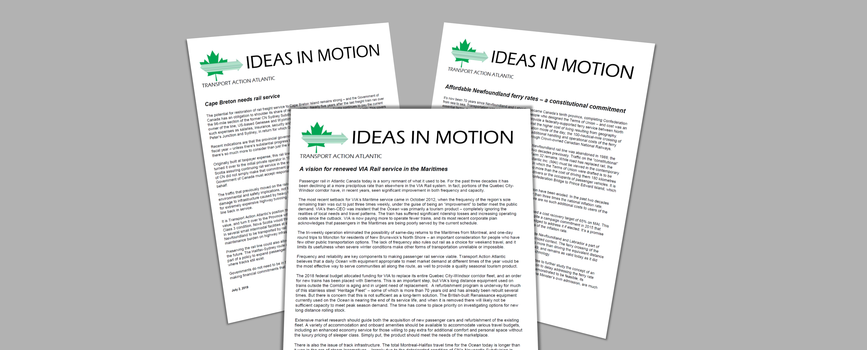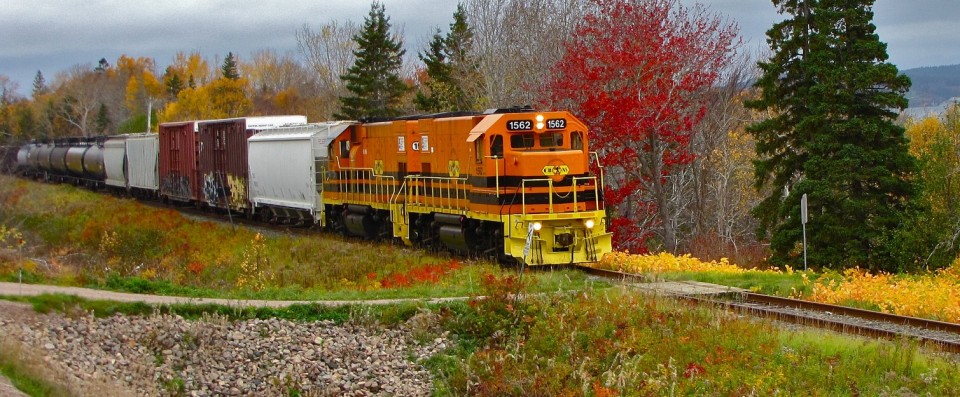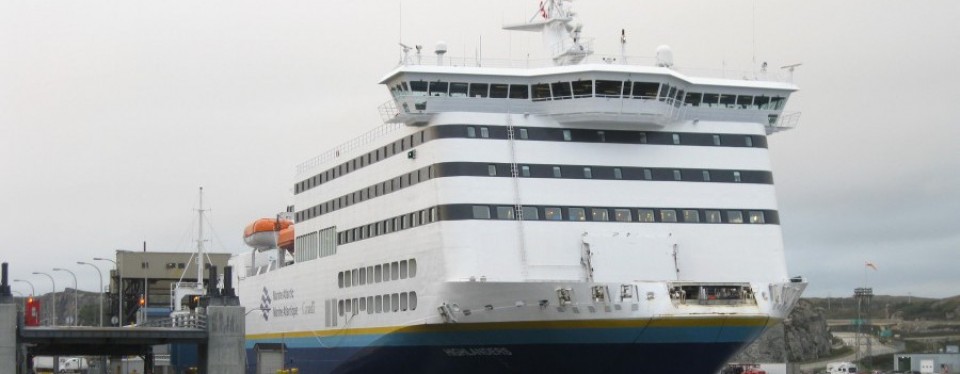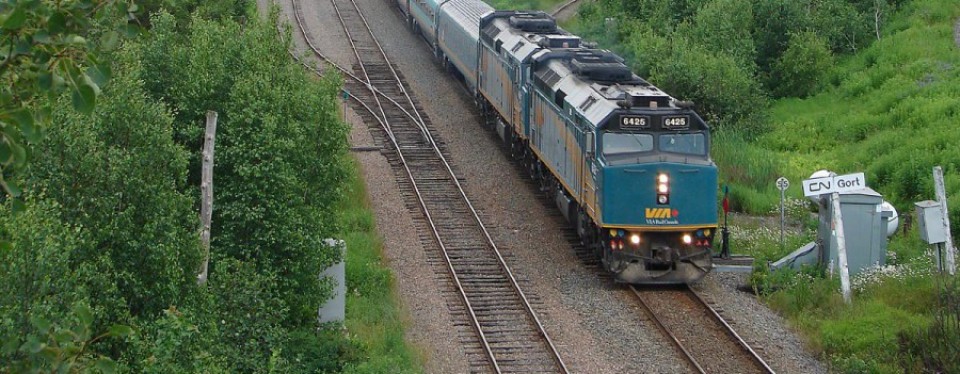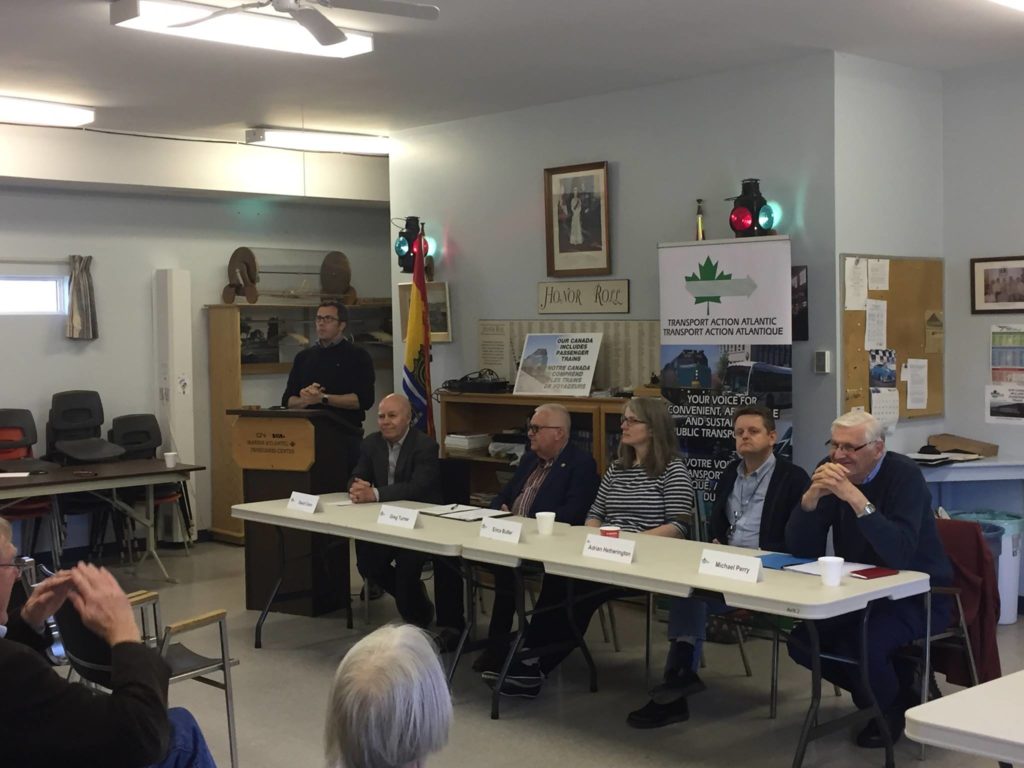The province of Nova Scotia announced earlier this year that it will construct a new 4-lane highway between Burnside, the largely industrial park area on the northwest edge of Dartmouth, and Bedford. The goal of this project is to provide a more rapid traffic flow into Burnside, and theoretically alleviate congestion. However, opponents of the project have pointed to the repeatedly demonstrated fact that such highway projects inevitably lead to worse congestion in future years, as they draw more vehicles into the area and fail to provide any alternatives to more car traffic (i.e. improved transit service).
The Environmental Assessment for this project was recently open to public comment. TAA board member Clark Morris prepared the following comments on that assessment:
Clark Writes:
I recommend that people read the environment assessment for the proposed Burnside connector
http://www.novascotia.ca/nse/ea/highway-107-burnside-to-bedford/Registration_document.pdf
to see if truly meets today’s needs. Even though the official comment period is closed as of August 6, no work has started on the project so there is time to contact your local MLA and the Department of Transportation. I have submitted the following comments to EA@novascotia.ca.
The current environmental Assessment for the Burnside Connector is inadequate for the following reasons.
1. The description of alternatives states there are no effective alternative transportation modes to the proposal and does not state what alternatives were considered and rejected. Without this information no judgment can be made as to the validity of the statement. Was Halifax Transit consulted before publishing this? Were advocacy groups such as Transport Action Atlantic or Ecology Action consulted? There also have been changes in public policy regarding the desirability of encouraging the use of transit instead of private vehicles.
2. Making Burnside safe for pedestrians and transit users should have been a higher priority than a connector between the Bedford Commons and Burnside. This could reduce vehicle traffic on Magazine Hill by making transit more feasible. Sidewalk technology is well known and understood.
3. No analysis was done on whether the additional vehicle capacity would cause other problems in the Burnside area.
4. Halifax Regional Municipality is interested in increasing the share of travel by public transportation and decreasing the share by automobile. A 2 lane busway in place of the proposed extension could be a less expensive alternative and serve various public objectives better. More ambitiously, major improvements to the CN line to
Burnside so an all day frequent service (every 15 or 30 minutes) could be run between Dartmouth and the Windsor Junction area while allowing for a doubling of current freight traffic could be a better alternative with more far reaching positive effects. This could be combined with a rail line on the proposed right of way from the Bedford Commons area to the Rocky Lake – Dartmouth Line of the CN near Ackerley Boulevard.
As a highway project there are concerns that are unanswered by the document.
1. This project provides no connection to Highway 101 and using a route from Highway 1 East exit 1H to Highway 102 Exit 4C to Duke Street to the connector will increase the problem of traffic from Highway 1, exit 1H crossing traffic from Highway 102 North exiting at exit 4B for Highway 1 and 101 West. This plus the use of Duke Street which currently has traffic lights and in the future traffic circles calls into question the value of this as a route to connect Highways 107 and 101.
2. There are problems reported with Oversize loads using some of the existing traffic circles or roundabouts at exits. Given that exit 4C on Highway 102 is serving the Beford Industrial Area and that all of the exits on this project are serving industrial areas, these plans should clearly state how the maximum permissible size overloads will be accommodated. It also should be clearly stated whether there are any proposals for increasing these limits and whether the proposed traffic circles can accommodate those loads.
3. If the rest of the connector has some form of median barrier, why is a median barrier not of value on Duke Street?
4. Why is there no mention of a possible future connection to Highway 101 such as the Second Lake Connector Highway or a future direct connection to the Bedford Bypass?
This connector highway may no longer be a relevant solution to the transportation problems of the area and the materials available online give no confidence that this has even been considered.
Clark F. Morris
Bridgetown, Nova Scotia
Others have also written about their concerns with this project. Two examples:
- Tristan Cleveland, on why the proposed Burnside expressway is a bad idea for the city, especially from the perspective of trying to improve and expand transit, decrease car use and congestion, and encourage more sustainable development. http://www.metronews.ca/news/halifax/2017/07/31/blow-it-up-tristan-cleveland-on-why-the-burnside-expressway-should-stop-before-it-begins.html
- Tim Bousquet, editor of the Halifax Examiner, also writes on his concerns with the project, particularly from a transit and active transportation perspective. While some of his other positions in this piece (e.g. on road tolls) may not align with TAA’s perspective, he shares the same concerns about this project: https://www.halifaxexaminer.ca/featured/dont-build-the-burnside-connector-morning-file-thursday-april-27-2017/#News
